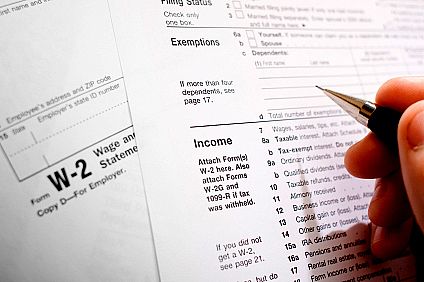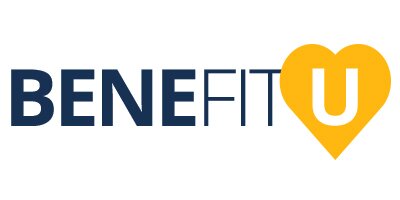 What an interesting week in the land of employee benefits. A federal appeals court struck down the constitutionality of the healthcare reform's individual mandate virtually guaranteeing that the Supreme Court will weigh in on the disputes now surfacing between the 11th Circuit and others. Remember hanging-chad anyone? Once again our politics got in the way so our national policies will be determined by the "heavies" in the highest court in the land.
Now onto two federal healthcare requirements that had our employer plan sponsor clients wondering if sanity would prevail in Washington. As a reminder, the statute requires employers with 50 full-time employees or more to offer health insurance to employees and dependents in 2014. The law requires the coverage to be both "affordable" and "qualifying" in order to avoid penalties.
What an interesting week in the land of employee benefits. A federal appeals court struck down the constitutionality of the healthcare reform's individual mandate virtually guaranteeing that the Supreme Court will weigh in on the disputes now surfacing between the 11th Circuit and others. Remember hanging-chad anyone? Once again our politics got in the way so our national policies will be determined by the "heavies" in the highest court in the land.
Now onto two federal healthcare requirements that had our employer plan sponsor clients wondering if sanity would prevail in Washington. As a reminder, the statute requires employers with 50 full-time employees or more to offer health insurance to employees and dependents in 2014. The law requires the coverage to be both "affordable" and "qualifying" in order to avoid penalties.
The answer to both is good news for employer plan sponsors. The IRS used broad discretionary powers to define affordability if the employee is not required to pay more than 9.5% of an employee's current W-2 wages. The more muddier definition of household income through AGI verfication now gives way to something the employer has in their purview as a data point. So an employee earning $40k a year would be prohibited from single contributions in excess of $316.67 a month.
Additionally, employers caught a reprieve by IRS guidance on the new "qualifying" definition, which varies from the standard imposed in the state exchanges. The 60% standard has now been interpreted to mean the percentage of charges covered by the plan. So for every dollar of eligible health expenses incurred under the plan, Uncle Sam wants to see the plan picking up sixty cents of the tab. Finally, employers were given another bonus by exempting plan sponsors from the "essential benefits" definition being crafted for plans under the state exchanges.
For more information and a nice write up by our Health Reform Advisor Practice, please go here.
